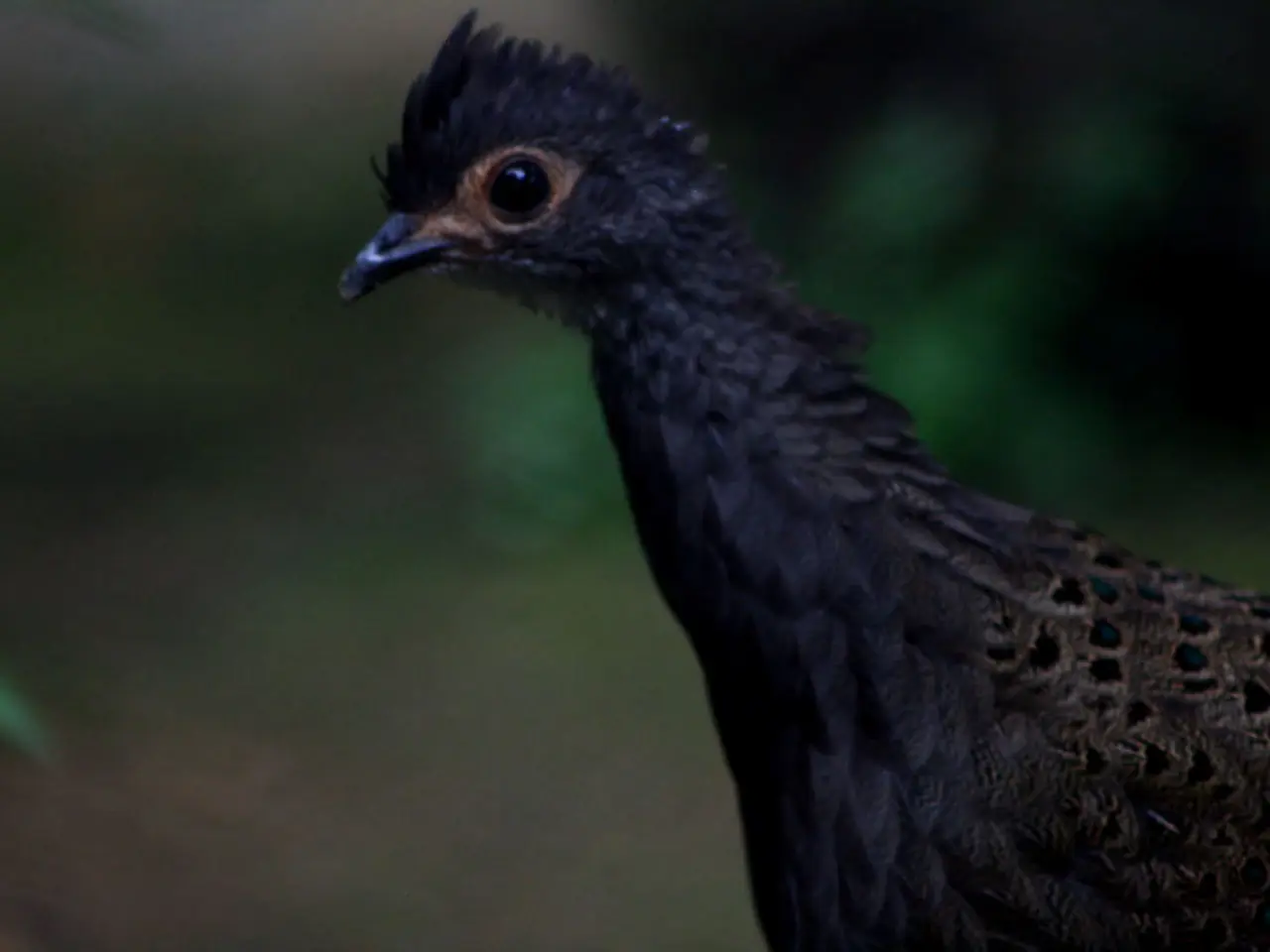Starling Technology Outpaces DNA Storage: The Starling device, designed for data storage and delivery, surpasses DNA storage in speed, though its durability might question its long-term reliability.
In a fascinating experiment, musician and science enthusiast Benn Jordan sought to explore if birds could act as a living storage medium. The subject of the experiment was a young starling that had been rescued and raised by humans after being abandoned near a noisy train track.
The image Jordan wanted to store was encoded as an audio waveform using a spectral synthesizer. He then played the encoded audio waveform to the starling repeatedly, in an attempt to 'upload' the image into its memory.
However, the discovery raises questions about data fidelity and the capabilities of birds as a potential storage medium. While starlings are known for their complex vocal mimicry, which can reproduce sounds including human speech or other noises, this capacity does not translate into storing or decoding digital image data accurately or in a digitally structured form.
During post-analysis of the recorded sessions, a waveform resembling the original image emerged, suggesting the starling itself may have recreated the image waveform vocally. Yet, this is fundamentally incomparable to the data storage and retrieval processes of modern digital drives like SSDs and HDDs.
Traditional storage (SSD/HDD) uses well-defined physical mechanisms to store digital data with exact binary fidelity, enabling precise retrieval and reconstruction of digital images. In contrast, a starling's vocal mimicry or sound reproduction abilities are biological and not structured to encode or reconstruct digital images.
Moreover, the idea of using birds to hold digital data lacks scalability, control, and security. A bird can give the data to whoever it deems fit and can even literally fly away with the data. This makes it an impractical solution for storing large amounts of data or sensitive information.
In conclusion, while the starling's vocal mimicry offers a poetic intersection of biology and computation, it's unlikely to replace DNA storage, let alone external HDDs, as it lacks scalability, control, and security. The future of AI is focused on emotion, not on the potential of birds as a data storage medium.
- The discovery in data-and-cloud-computing, though intriguing, demonstrates that a starling's vocal mimicry ability is not designed to encode or reconstruct digital images with the precision of modern technology, such as audio files stored on SSDs or HDDs.
- In the realm of lifestyle and technology, a pet bird's sound reproduction capacity may inspire fantastical notions of data storage, but it falls short when compared to the secure, scalable, and controlled storage solutions like digital drives offer.
- As the focus in computing and technology shifts towards artificial intelligence and emotion, the idea of using pets for data storage, such as a starling for image storage, can be appreciated for its poetic intersection of biology and computation, but it disappointingly lacks the essential elements required for large-scale, secure data storage.




